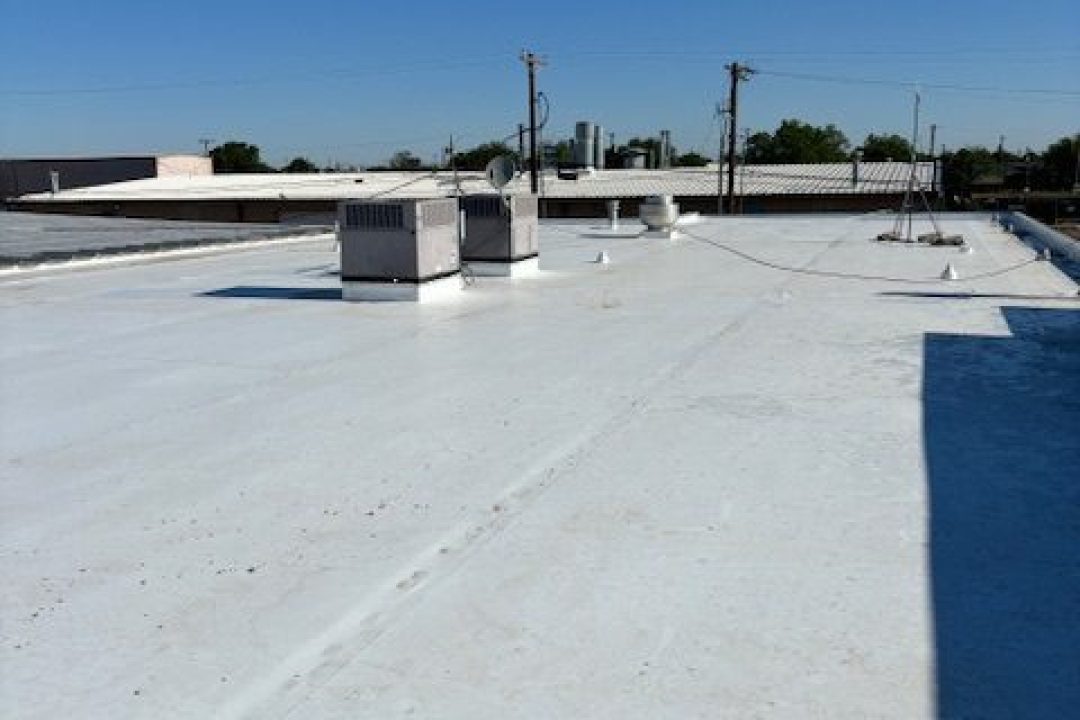Roofing damage can happen at any time, especially with flat roofs. Without a properly functioning drainage system, your building becomes vulnerable to water pooling, leaks, and long-term structural issues. If you’re a property owner or manager seeking a reliable TPO roofing installer in West Texas, understanding the basics of drainage is crucial.
Common Drainage Issues in TPO Roofing
One of the most frequent problems in flat roofing systems is clogged drains and gutters. Debris, such as leaves and branches, can block water flow, preventing your drainage system from functioning correctly. This leads to standing water, which causes blistering, bubbling, and cracking over time, especially in TPO roofing systems exposed to harsh UV rays.
Flat Roof vs. Sloped Roof Drainage
Unlike sloped roofs that naturally direct water away, flat roofs require more planning. Most Lubbock roofing companies install subtle slopes and custom drainage systems to ensure proper water runoff. Without this strategy, flat roofs are far more likely to suffer water damage.
What Happens When Drainage Fails?
Poor drainage leads to water pooling, which in turn causes mold growth, membrane breakdown, and potential leaks inside your building. These issues often go unnoticed until they become costly repairs.
How to Prevent Drainage Problems
The best defense is regular inspections and proactive maintenance. A qualified commercial roofing company can assess your roof’s condition and recommend adjustments like adding drains, re-leveling low spots, or sealing vulnerable areas.
Partner with a Trusted TPO Roofing Installer
Protect your property by partnering with a TPO roofing installer who understands the unique needs of flat roofs. From fast repairs to full installations, a reliable commercial roofing co. in Lubbock can help ensure your drainage system keeps water out—and peace of mind in.

